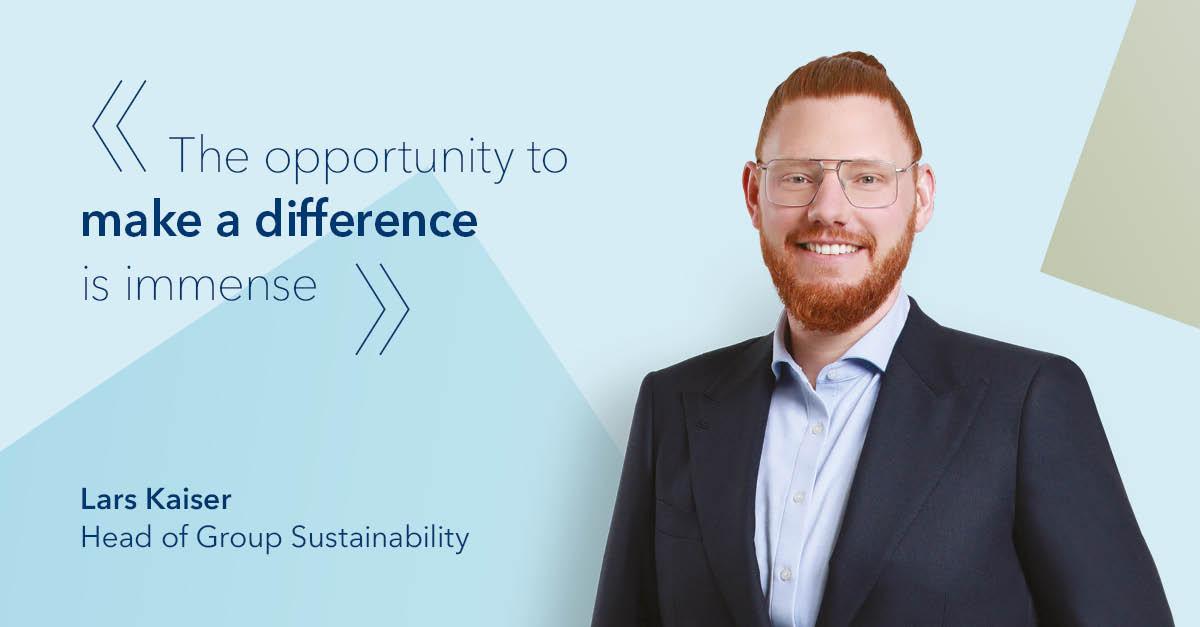Investing with a purpose
Each and every one of us occasionally wonders what exactly he or she wants to achieve, what the personal goals are, how he or she can contribute or simply what are we here for? It's all summed up in the word "purpose".
In his book "The Purpose Economy", the American entrepreneur and writer Aaron Hurst distinguishes between three types of purpose: personal, social and societal. Hurst describes three examples in his book and shows that it can be worth taking risks if passion and purpose are right.
If purpose is so decisive for corporate success and employee satisfaction, why shouldn't it do the same for the portfolio? For example, if you care about climate change or fighting poverty, the portfolio can contribute to that. In Hurst's logic,a portfolio can have a purpose that transcends investment return. It can be structured to carry a personal and societal purpose as well.
For example, you can invest specifically in companies that develop technologies for climate protection. You can try to exert influence on the companies. In the case of listed companies, this can be done through voting rights or, in the case of private equity investments, through direct influence on management.
One size doesn’t fit all. The right approach will depend on the investor’s goals, finances and time horizon. The first step is to define the portfolio’s purpose. If the purpose is right, investors can achieve an impact that transcends financial return: to the benefit of themselves, the portfolio and the world at large.
This is an abridged version of the lead article in the latest issue of the investment magazine Telescope.


